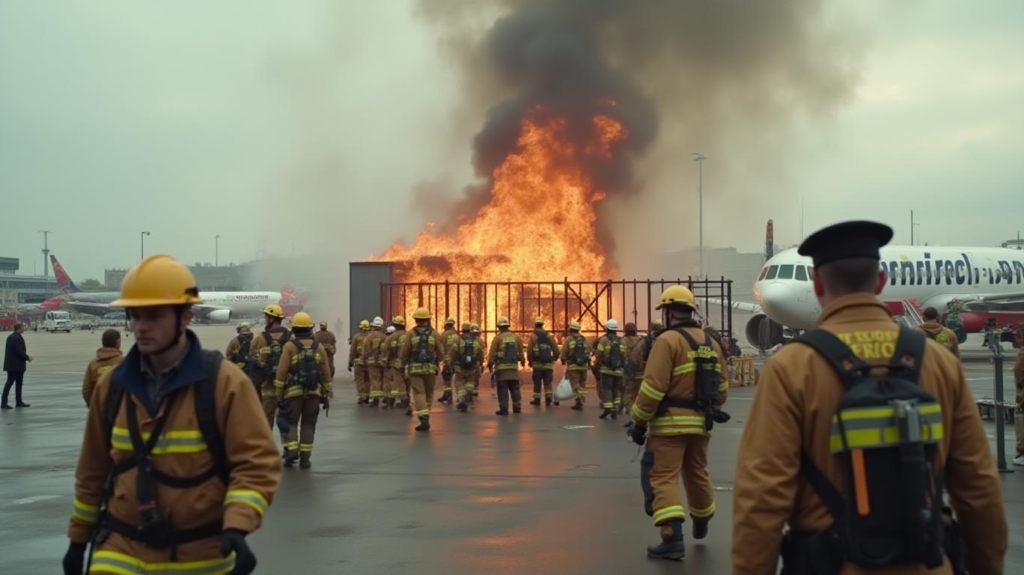The Silent Blackout: Heathrow’s Vulnerability and the Ripple Effect of Infrastructure Failure
The sudden and disruptive shutdown of London’s Heathrow Airport, a global travel hub, due to a significant power outage stemming from a fire at an electrical substation, serves as a stark reminder of the vulnerability of critical infrastructure. This incident, triggering widespread flight disruptions and impacting thousands of passengers, highlights the intricate dance between modern technological reliance and the potential for cascading failures. Beyond the immediate inconvenience and economic repercussions, the Heathrow shutdown prompts a broader conversation about resilience, contingency planning, and the interconnectedness of our world.

The Fragile Backbone: Critical Infrastructure Dependence
Heathrow Airport, a nexus of international travel, operates on a complex network of electrical systems that power everything from baggage handling and security to air traffic control and terminal operations. The fire at the electrical substation, the precise cause of which is likely to be subject to rigorous investigation, exposed a critical point of failure. The subsequent power outage, cascading through the airport’s systems, brought operations to a standstill. This event underscores the importance of redundancy and robust backup systems in critical infrastructure. While airports typically have emergency power supplies, the scale and duration of the outage suggest that the primary systems were severely compromised, highlighting the need for more resilient infrastructure.
The Human and Economic Toll: Immediate Consequences
The immediate consequences of the shutdown were felt by countless travelers. Flight cancellations and delays rippled across the globe, causing significant disruptions to schedules, business plans, and personal travel. The financial impact on airlines, airport operators, and associated businesses is likely to be substantial. Beyond the economic cost, the human cost of stranded passengers, missed connections, and disrupted plans cannot be overlooked. The event also revealed the challenges of managing large-scale disruptions in real-time, from disseminating information to providing alternative accommodations and travel arrangements.
A Global Web: Interconnectedness and Cascading Effects
Furthermore, this incident throws into sharp relief the interconnectedness of global travel. A disruption at a major hub like Heathrow has far-reaching consequences, affecting flights and passengers worldwide. It serves as a microcosm of the interconnectedness of modern infrastructure, where a single point of failure can trigger a chain reaction with global implications. This reinforces the need for international cooperation and standardized protocols for managing such events.
Lessons Learned: Resilience and Preparedness for the Future
In the aftermath of the Heathrow shutdown, a thorough investigation will be crucial to determine the root cause of the fire and the extent of the damage. Lessons learned from this incident should inform future infrastructure planning and emergency preparedness. Airports, and other critical infrastructure providers, must prioritize resilience, redundancy, and robust contingency plans to mitigate the impact of similar events. The Heathrow shutdown, while disruptive and inconvenient, serves as a powerful reminder of the importance of vigilance and preparedness in an increasingly interconnected world.




















